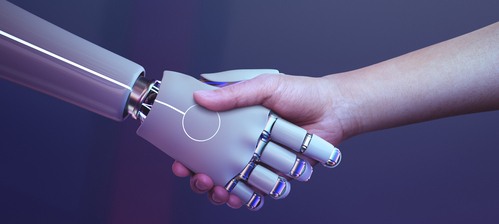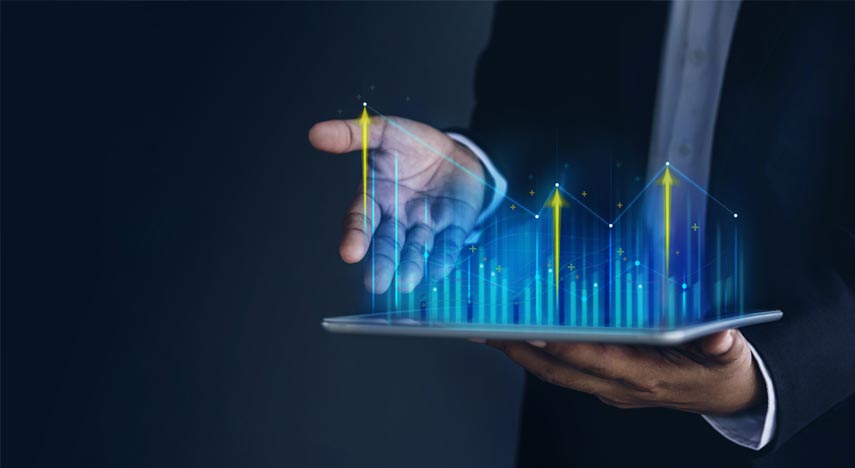Future of Work 2.0: Reimagining Work in the Age of Contextual Generative AI
3AI November 13, 2024
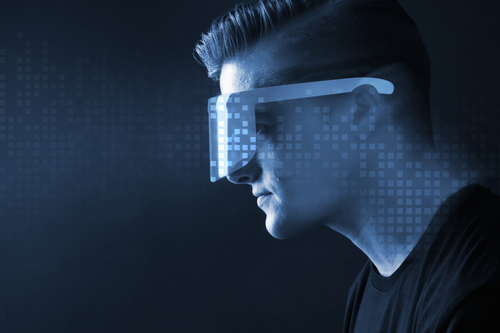
Featured Article
Author: Mahadevann Iyerr, MAAVRUS
The way we work is changing a lot, and it’s more than just using new technology. As technology improves quickly and more data is created, businesses need to rethink how they do things to stay successful. This change is happening because of AI, the huge amount of data we now have, and how the needs of workers are changing.
The Digital Acceleration
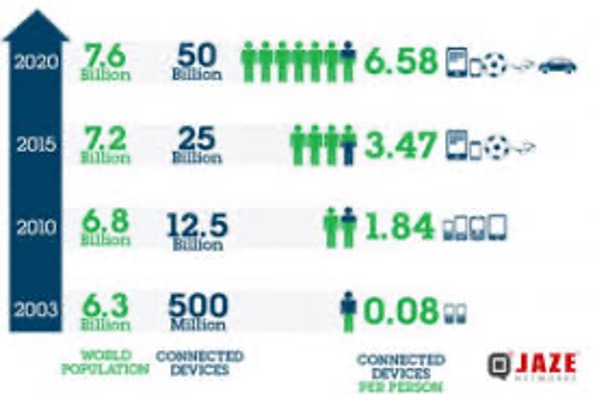
The numbers are huge. By 2025, there will be around 100 billion connected devices worldwide – about 12.5 devices for each person on Earth. This level of connection is more than just about gadgets we use at home. It shows a big change in how we use technology in both our personal lives and at work.
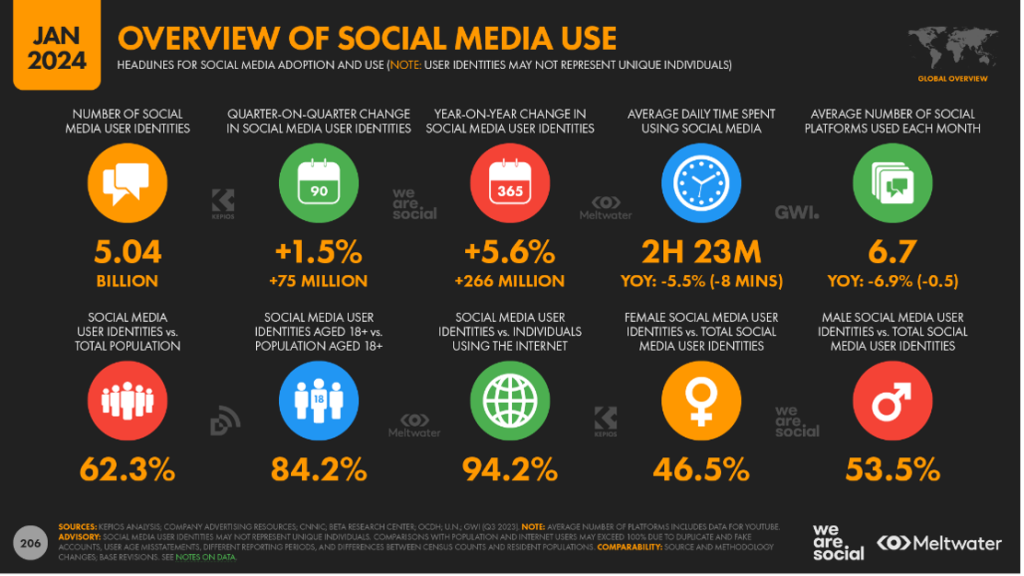
Social media is now everywhere, with 60% of people around the world using an average of 6.7 platforms. On average, they spend more than two hours a day on these platforms. This change in how people communicate and share information is affecting how we work together and share ideas in the workplace.
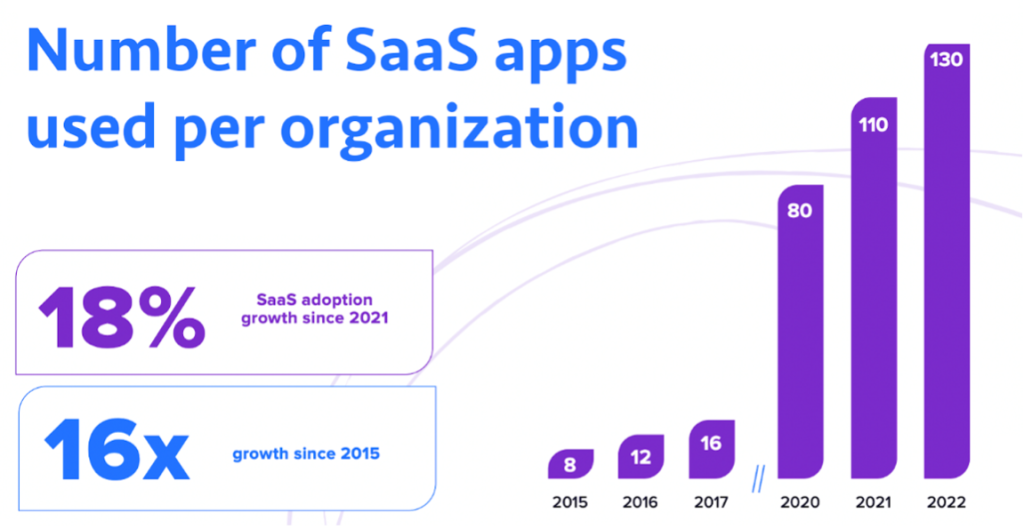
The changes in how companies use technology are just as dramatic. In 2015, companies used an average of 8 software applications, but by 2022, that number grew to 130. Around 80-85% of this software is expected to be cloud-based (SaaS). This big increase in digital tools shows how business is getting more complex and how companies need different tools for different tasks. But it also brings new problems, like how to connect all the tools, manage data, and help employees get used to them.
The Data Explosion Challenge
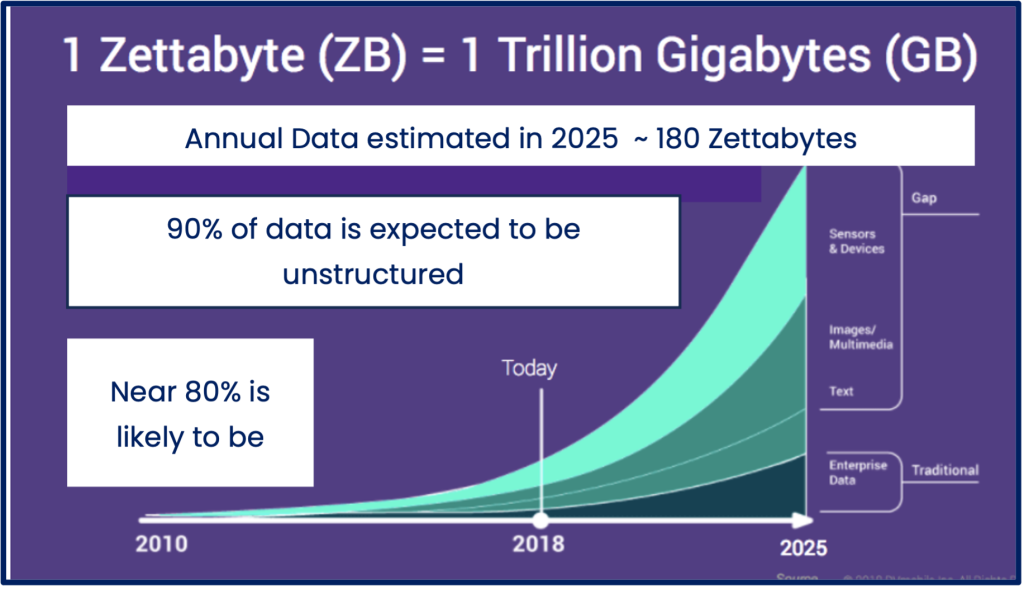
The amount of data we create is huge, and by 2025, it’s expected to reach 180 zettabytes a year. To help picture this, it’s like every person in the world having around 3 laptops completely full of data. Even more important, 90% of this data will be unstructured, coming from things like emails, social media, sensors, and videos. Almost 80% of the data will come from outside sources.
This huge amount of information gives businesses new opportunities and challenges. The opportunity is in using the data for better insights, smarter decisions, and more personalized customer experiences. The challenge is figuring out how to understand all this data while keeping it safe and private.
Declining Lifespans of companies
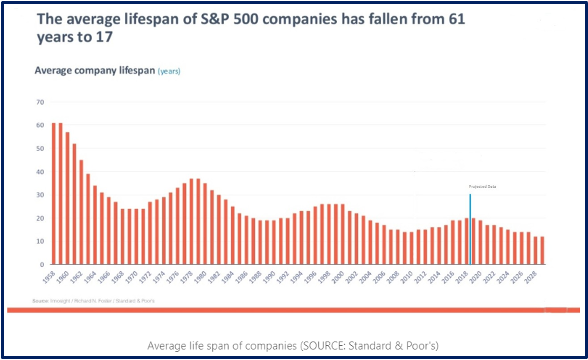
This pattern shows how quickly industries are changing due to new technologies and business models. Many companies struggle to keep up, leading to faster turnover. To survive and grow, businesses must stay flexible, constantly innovate, and adapt to changes in the market.
The Evolution of Work Structure

To navigate this rapidly changing landscape, businesses must innovate smarter, faster, and at scale. This necessitates a fundamental evolution in work structures, characterized by three key dimensions:
- Domain Knowledge Integration
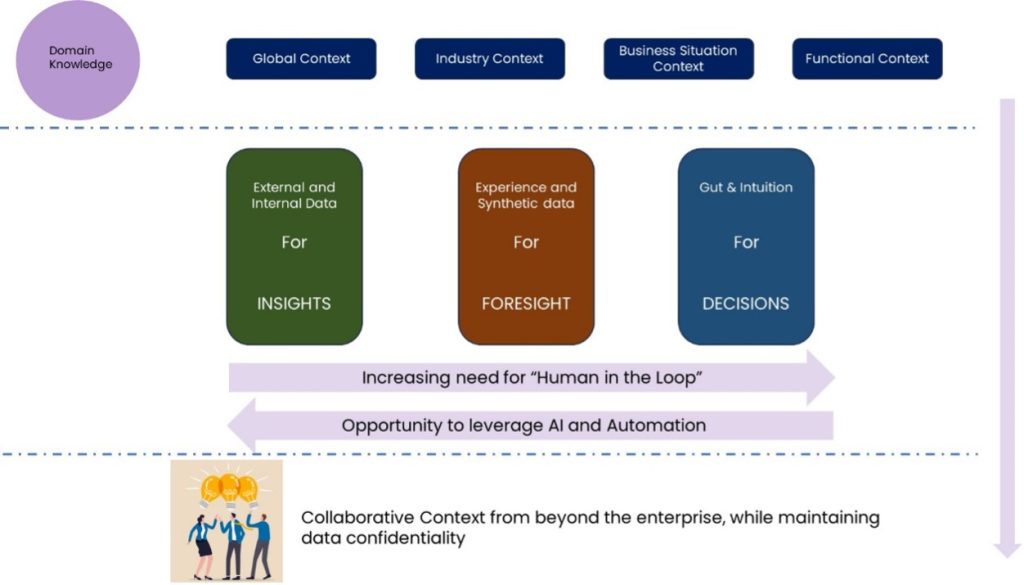
- Traditional siloed expertise is giving way to integrated knowledge systems where information flows freely across departmental boundaries
- Global and industry contexts are merging with business situation insights, requiring professionals to maintain a broader perspective
- Functional expertise is being augmented with cross-domain understanding, creating more versatile and adaptable workforce
- Real-time market intelligence and competitive analysis are becoming integral to daily operations
- Technology Capabilities

- Movement from on-premise ERPs to cloud applications, enabling greater flexibility and scalability
- Rise of DevOps and low-code/no-code platforms democratizing technology creation
- Emergence of citizen developers empowered by accessible technology, reducing dependency on traditional IT departments
- Integration of advanced analytics and AI capabilities into everyday business tools
- Enhanced focus on cybersecurity and data privacy in distributed systems
- Data Reasoning & AI Skills
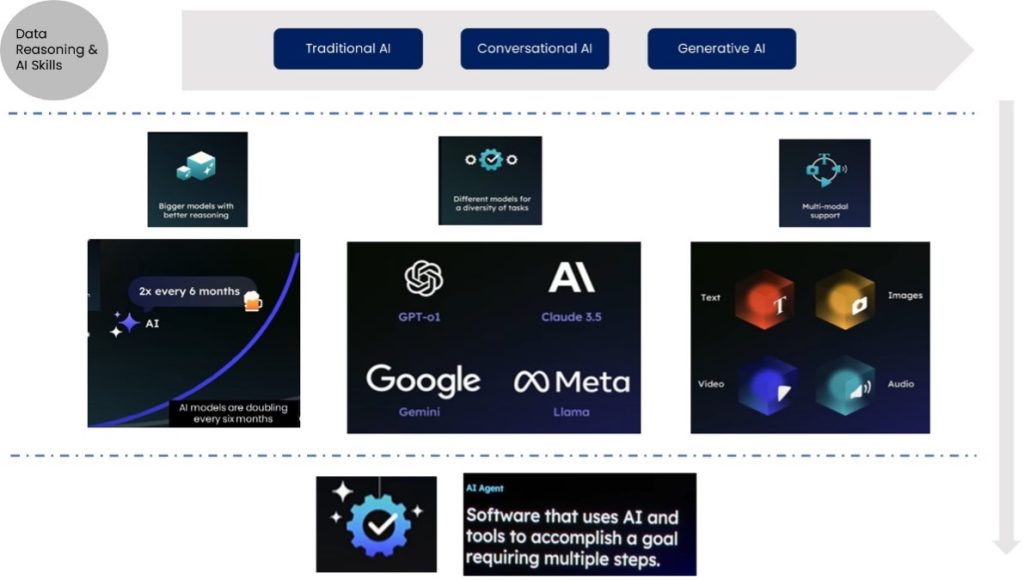
- Evolution from traditional AI to conversational and generative AI, creating more intuitive human-machine interactions
- AI models doubling in capability every six months, continuously expanding possible use cases
- Integration of human intuition with AI-driven insights for better decision-making
- Development of new skills combining technical knowledge with critical thinking and creativity
The Future: Human-AI Collaborative & Interconnected Beyond Enterprise

The future workplace will be characterized by a unique synthesis of human expertise and AI capabilities, creating what we might call “augmented intelligence.” Decision-making will evolve from purely gut-based intuition to a sophisticated combination of:
- Internal and external data for comprehensive insights, enabling better pattern recognition and trend analysis
- Experience and synthetic data for foresight, allowing organizations to simulate and prepare for various scenarios
- Human judgment for final decisions, incorporating ethical considerations and contextual understanding
- Continuous learning loops between human experts and AI systems, each improving the other’s capabilities
This new paradigm emphasizes “Human in the Loop” approaches while maximizing the potential of AI and automation. The key challenge lies in maintaining data confidentiality while leveraging collaborative context from beyond the enterprise, requiring new frameworks for data sharing and protection.

Tomorrow’s workplace will be defined by its hybrid, interconnected nature, extending far beyond traditional enterprise boundaries. The workforce will comprise a dynamic mix of:
- Internal teams providing core capabilities and institutional knowledge
- Service partners offering specialized expertise and scalable resources
- Domain advisory marketplaces connecting organizations with expert insights
- Freelancer networks providing flexible, on-demand talent
- AI agent marketplaces offering automated solutions for routine tasks
- Managed service providers ensuring smooth operation of complex systems
These diverse elements will work together in flexible, dynamic teams, creating a rich ecosystem of talent and capabilities. The challenge will lie in effectively orchestrating these different components while maintaining organizational culture and coherence.
Looking Ahead: The Next 4-5 Years
To summarise, the workplace transformation over the next half-decade will be anchored in several key trends:
1. Increased collaboration between humans and AI in dynamic, interconnected teams, with AI taking on more sophisticated advisory roles
2. Growing importance of external data and market signals in decision-making processes
3. Seamless integration between internal and external teams, supported by new collaboration technologies
4. Enhanced focus on agility and responsiveness, with organizations able to rapidly reconfigure teams and resources
5. Greater emphasis on continuous learning and skill adaptation as technology evolves
The future of work is not about replacing humans with machines, but about creating powerful synergies between human intelligence and artificial intelligence in an increasingly interconnected world. As we move forward, the most successful organizations will be those that can balance technological advancement with human-centered design, creating workplaces that are both highly efficient and deeply engaging for their workforce.
Organizations’ survival will increasingly depend on their ability to harness and foster an agile ecosystem where human creativity, AI capabilities, and collective intelligence converge to drive innovation and growth.
Title picture: freepik.com




